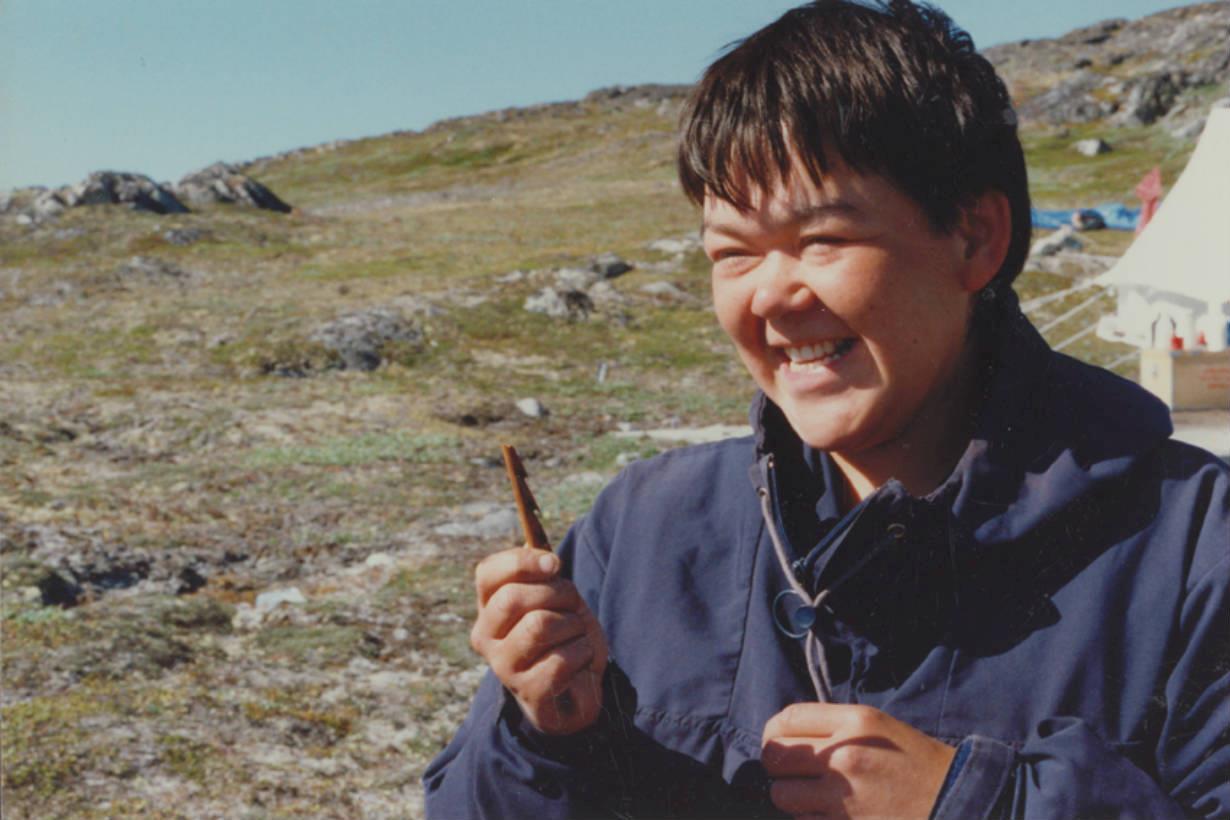The Saqqaq culture – the first inhabitants of West Greenland
Discover our collection of archaeological artefacts, including Greenland’s oldest dog jaw.
In the Old House you will find an exhibition about the first inhabitants of the Sisimiut area, the Saqqaq people, who lived in Greenland from 2500 BC to 800 BC. The Saqqaq were a nomadic Paleo-Inuit people who migrated to North Greenland from Alaska and Siberia and spread out across Greenland’s west coast. DNA testing has shown that the Saqqaq people are not related to Greenland’s present-day inhabitants, who are the descendants of the later Thule people. It is unknown why the Saqqaq culture became extinct, but climate change and changes in hunting patterns and trading possibilities are possible factors.
The exhibition centres on the archaeological discoveries made in the excavation of the Saqqaq summer settlement on the island Nipisat, south of Sisimiut. A large number of prehistoric remains of game animals were preserved on the site, and it is also there that the oldest traces of the Saqqaq culture were found. It is possible that the region around Sisimiut, including Nipisat, is the area of Greenland where the Saqqaq people survived the longest.
The excavation at Nipisat has shed fresh light on our knowledge of the first people of West Greenland, and it plays a central role in the nomination of Aasivissuit-Nipisat as a UNESCO World Heritage site. Prehistoric dog remains found on Nipisat are furthermore involved in Qimmeq – a large interdisciplinary research project on the genetic and cultural history of the Greenlandic sledge dog.








